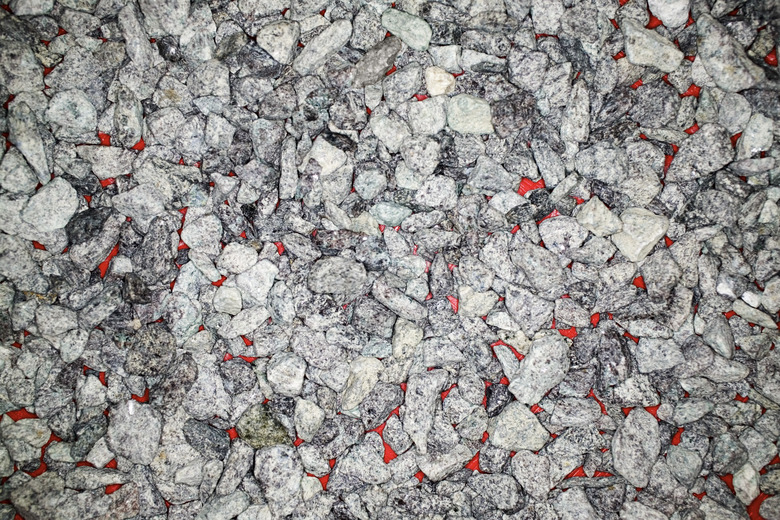What Kind Of Gravel Do You Use In A Japanese Garden?
Create your own outdoor meditation area with the careful planning of a Japanese garden. Japanese rock gardens, or Zen gardens, consist of a variety of limited plant life, moss and rocks that are planted in soil and surrounded by gravel. Selecting the right kind of gravel involves the careful selection of gravel in the right color, size and consistency that will lend itself to the elegance of a Zen garden.
Step 1
The material composition of gravel can vary. Shirakawasuna is a Japanese term for a granite that consists of granite, quartz, black mica and white feldspar. This is also called white river sand. Pea gravel is another option. A variety of small stones, pebbles, crushed rock and riverside cobbles can all be part of the composition of a Japanese garden gravel.
Color
Step 1
Gravel should be a subdued color to complement the quiet elegance of the Japanese garden. Black and brown are two neutral options. White is a common color for a Japanese garden, but white gravel can reflect harshly when the sun hits. A combination of the colors or a salt and pepper look is another aesthetically pleasing option.
Step 2
- The material composition of gravel can vary.
- White is a common color for a Japanese garden, but white gravel can reflect harshly when the sun hits.
Size
Step 1
The size of the various rocks and materials that form gravel can vary in size. For example, cobbles may be 15 cm to 30 cm in diameter, while white river sand varies from 2 mm to 2 cm in size. Select the size that you want for the majority of your gravel and try to keep the size uniform.
Consistency
Step 1
The consistency of your Japanese garden gravel is extremely important. Symbolism is an integral part of the Zen-Buddhist movement and is a part of every Japanese garden. The gravel symbolizes water and it is raked to give it the look of waves. It can be raked in meticulous, straight lines in a uniform pattern. Another option is to create rounded swirls in the gravel for the wave effect. The gravel must be fine and conducive to raking to form a Japanese garden.
Step 2
- The size of the various rocks and materials that form gravel can vary in size.
- The gravel must be fine and conducive to raking to form a Japanese garden.
